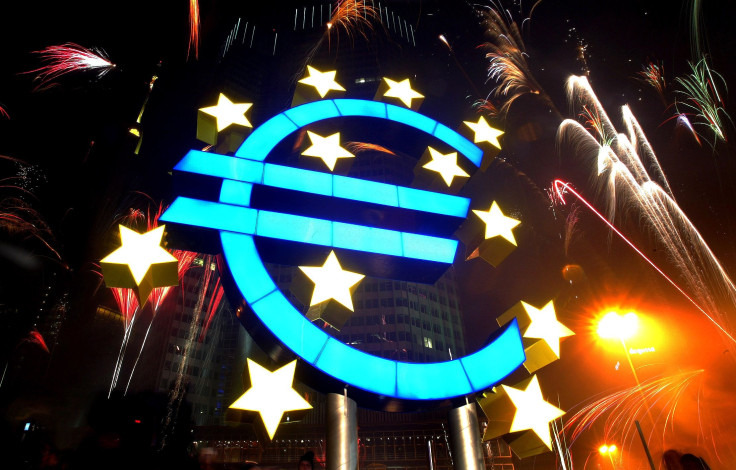Euro Zone, European Union Q3 GDP Final Reading Confirms Slowing Growth

The euro zone clocked a quarterly growth of 0.1 percent in the third quarter of 2013, the same as a second estimate published on Dec. 4, and lower than the 0.3 percent growth recorded in the second quarter, a third and final reading published by Eurostat on Friday showed.
In the 28-member European Union, the gross domestic product grew 0.3 percent in the third quarter, on a quarter-on-quarter basis, also same as the earlier estimate, and lower than the 0.4 percent growth rate posted in the second quarter. In the EU, GDP rose 0.2 percent, slightly above the previously estimated 0.1 percent, and reversing a decline of 0.1 percent in the previous quarter.
On a yearly basis, GDP fell by 0.3 percent in the 17-nation euro zone, slightly better than the 0.4 percent drop estimated previously and a 0.6 percent decline recorded in the second quarter. From 1995 until 2013, GDP growth in the euro zone has averaged 0.4 percent hitting an all-time high of 1.3 percent in June 1997, and a record low of -2.5 percent in March 2009.
Among EU member states for which data are available, Romania (1.6 percent), Ireland (1.5 percent) and Latvia (1.2 percent) recorded the highest growth compared with the previous quarter. Cyprus (-0.8 percent), Malta (-0.4 percent), France and Croatia (both -0.1 percent) registered the steepest declines.
© Copyright IBTimes 2024. All rights reserved.












